Urban Affection: Perspectives on Why Baltimore Shines
It should come as no surprise to members of The University of Baltimore community that Baltimore made this year’s New York Times list of “52 Places to Go.” One of UBalt’s biggest assets is, well, Baltimore. Its urban setting puts the University right in the middle of the action, distinguishing itself from other similarly sized schools, with bold architecture, historical sites, culinary treats and more, so nearby they feel like natural extensions of the campus. And if you have transportation—be it bicycle, bus or car—even more is available for students, staff, faculty and alumni to experience. To gain insight into what makes Charm City shine, we asked four UBalt insiders to share their “places to go” in the city they love.

Cindy Schuster, B.S. ’87, M.A. ’89 at Greenmount Cemetary
Cindy Schuster, B.S. ’87, M.A. ’89
Director, Shared Services,
The University of Baltimore
By her own admission, Cindy Schuster’s time at the University started “long ago” as an undergraduate in the Merrick School of Business, but her time in Baltimore started by growing up here. She’s a Lauraville native and went to Western High School, facts she still points out with pride. “A lot of people are surprised at our neighborhood focus,” she remarks. “You don’t just say you’re from Baltimore city. Neighborhoods are very important.”
From Meet-Cute To Engagement Shoot
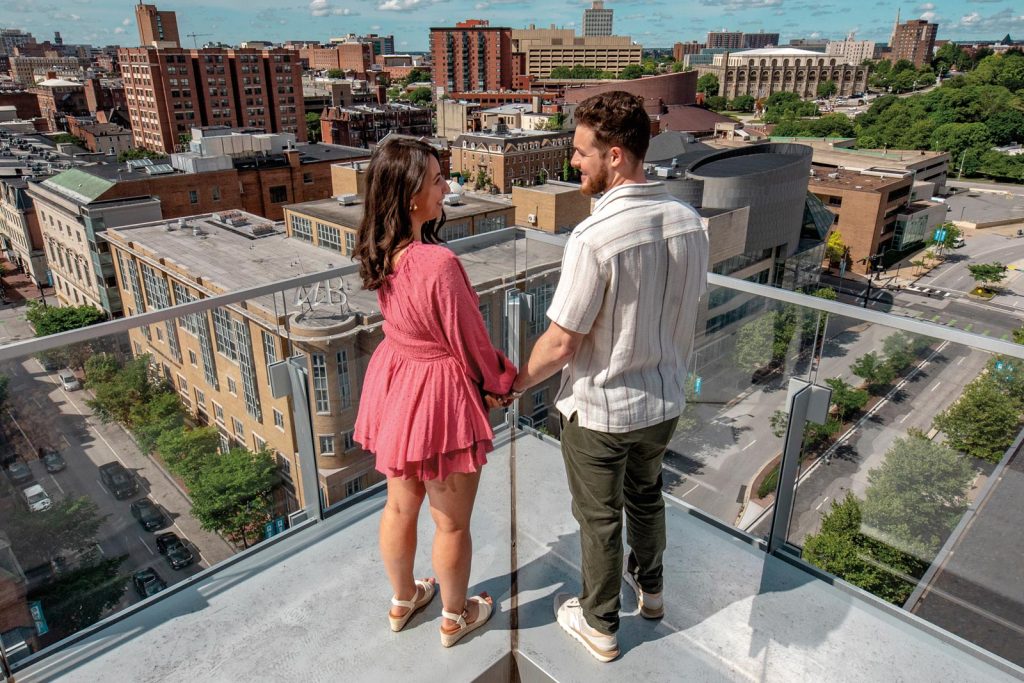
Sabrina Flores, B.A. ’17, almost didn’t show up to the admission marketing photoshoot that was scheduled at the same time as one of her evening classes during her senior year in the Interdisciplinary Studies program at The University of Baltimore.
“After mulling it over, I decided it would be fun and worth skipping class, so I told my professor that I’d have to leave early,” said Flores.
Public policy major Noah Johnston, B.A. ’19, had already sat for multiple sessions on April 5, 2017, by the time he headed to the rooftop of the John and Frances Angelos Law Center for the last shoot of the day.<!–more–>
He remembered being pretty wiped out, but “that all changed when I walked out on the outdoor patio and saw Sabrina standing there. She was so gorgeous,” he said.
That’s all it took for Johnston to shoot his shot—sans camera.
Flores told us, “When I arrived, I didn’t know anyone, but Noah came in and immediately introduced himself to me—he was very easy to talk to. We were then all lined up for the photo, and I remember hoping I’d be put next to him, only to be put on the complete opposite end of the lineup.”
At the end of the evening, Johnston walked Flores to the Poe statue to say goodnight. They exchanged Instagram handles and swapped messages all summer. They shared tacos in Canton on their first date in the fall semester. And on April 5, 2018—a year to the day after their original UBalt meet-cute he officially asked her to be his girlfriend.
Six years later, Johnston arranged for them to meet on the roof of the law school again. This time, he was right next to Flores, down on one knee, with a ring.
We’re not crying, you’re crying!
With Honors
Three UBalt alums named to 2024 cohort with other influential leaders
BY JOCELYN T. SLAUGHTER
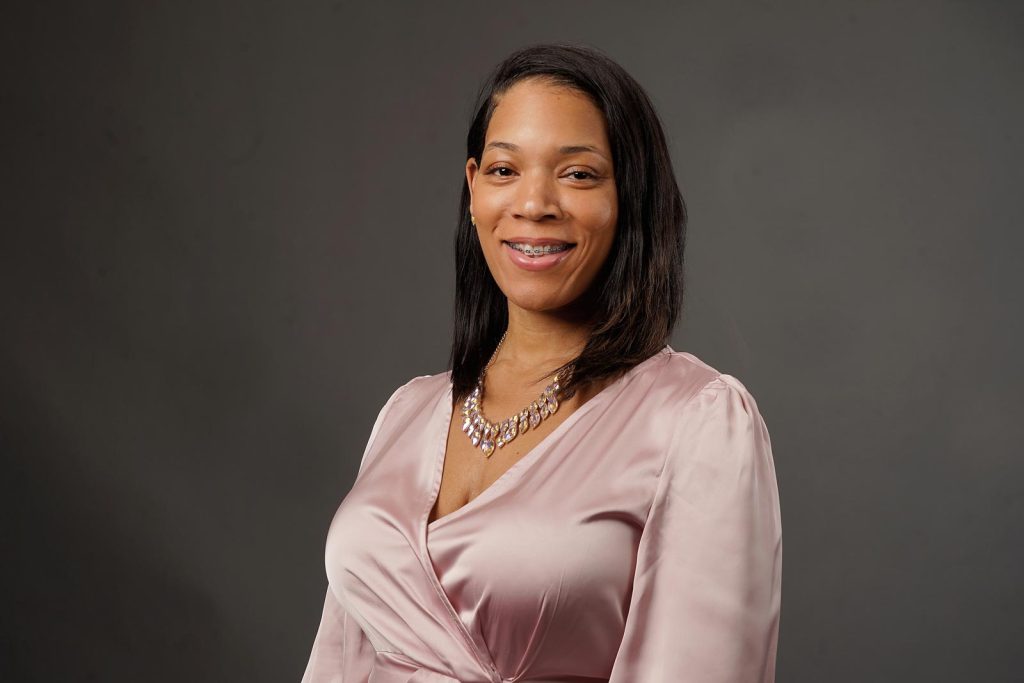
Dr. Martin Luther King, Jr. famously stated, “Life’s most persistent and urgent question is, ‘What are you doing for others?’’’ Nonprofit leaders lean into this question with their purposeful work in their communities by seeking to provide transformative societal change even while they metamorphosize as individuals.
Three University of Baltimore alumni—Tonaeya Moore M.P.A. ’20; Loren Nelson, B.A. ’21, M.S. ’24; and Derrick Whiting, B.A. ’23 were recently recognized by The Baltimore Banner for having answered Dr. King’s question. Each was honored as one of the local news outlet’s 2024 Emerging Leaders during a ceremony in May.
Tackling Chronic Absenteeism One Layer at a Time
BY MADDIE WELLS
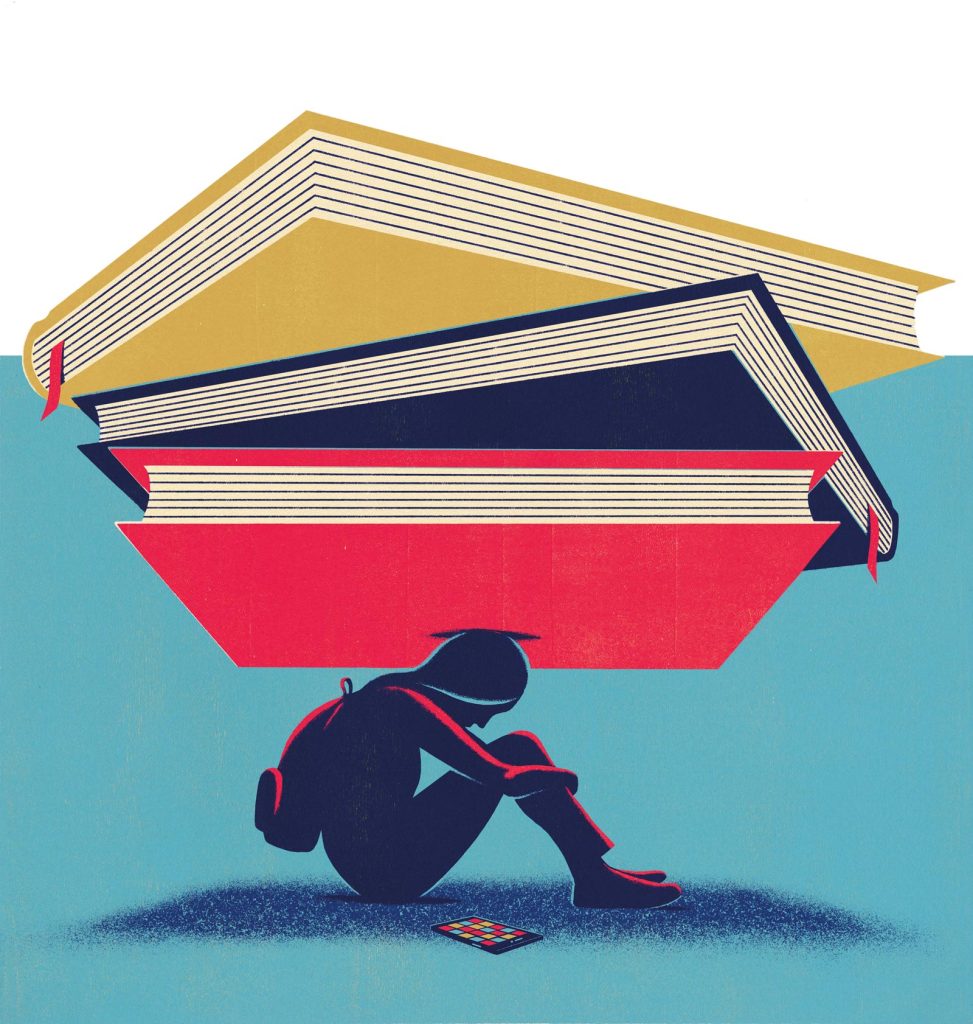
In 2005, University of Baltimore School of Law Professor Barbara A. Babb and Senior Fellow Gloria H. Danziger saw the need for a different approach to chronic absenteeism among Baltimore City Public School students. Foregoing traditional punitive methods to treat students’ absences, they created what is now called the Tackling Chronic Absenteeism Project (TCAP)—formerly the Truancy Court Program, or TCP—to understand and treat underlying issues, foster long term academic success and strengthen ties between schools and the community.
As the TCAP team likes to say, addressing chronic absenteeism is like “peeling an onion.” A student’s low attendance rate is often just the first layer—a sign that children and their families are struggling with problems like bullying, an undiagnosed learning impairment, food insecurity, illness or substance use in the family, the loss of a parent or caregiver, housing instability or neighborhood violence.
Service Learning Fellowship
Service learning has long played a role in UBalt’s unique approach to experiential learning
BY JESSICA SILLERS (NEÉ JONAS), M.F.A. ’13
 This spring, a new Service Learning Fellowship launched, allowing faculty and students to make an even bigger impact outside the classroom. Funded by the University System of Maryland, the program provides faculty with stipends to deepen community engagement through their coursework.
This spring, a new Service Learning Fellowship launched, allowing faculty and students to make an even bigger impact outside the classroom. Funded by the University System of Maryland, the program provides faculty with stipends to deepen community engagement through their coursework.
The fellowship’s inaugural semester featured four classes across multiple disciplines, in which students logged at least 15 hours of service work with a community partner through collaborative projects. They also completed “significant and structured reflection” that tied their classroom learning to their service experience.
Prioritizing Prevention
Addressing the ever-changing nature of drug threats to communities
BY ANNA RUSSELL

In 2016, the chief of staff of the Washington/Baltimore High Intensity Drug Trafficking Area (HIDTA) program, Jeff Beeson, presented Roger Hartley, dean of The University of Baltimore’s College of Public Affairs, with a partnership idea that would benefit both institutions.
The regional HIDTA—established 30 years ago under the National Drug Control Policy—was searching for a new fiduciary body to provide oversight of its grant program, which provides funding and resources to federal, state, local and tribal law enforcement agencies (LEAs) with the goal of reducing drug trafficking and production.
Embracing the New Age of AI
At UBalt, we believe that AI is not a threat, but an opportunity. Under the direction of the Center for Excellence in Learning, Teaching, and Technology (CELTT), the University is ensuring that the technology complements education rather than overshadowing it.
BY POORNIMA APTE
ILLUSTRATIONS BY MARIO WAGNER
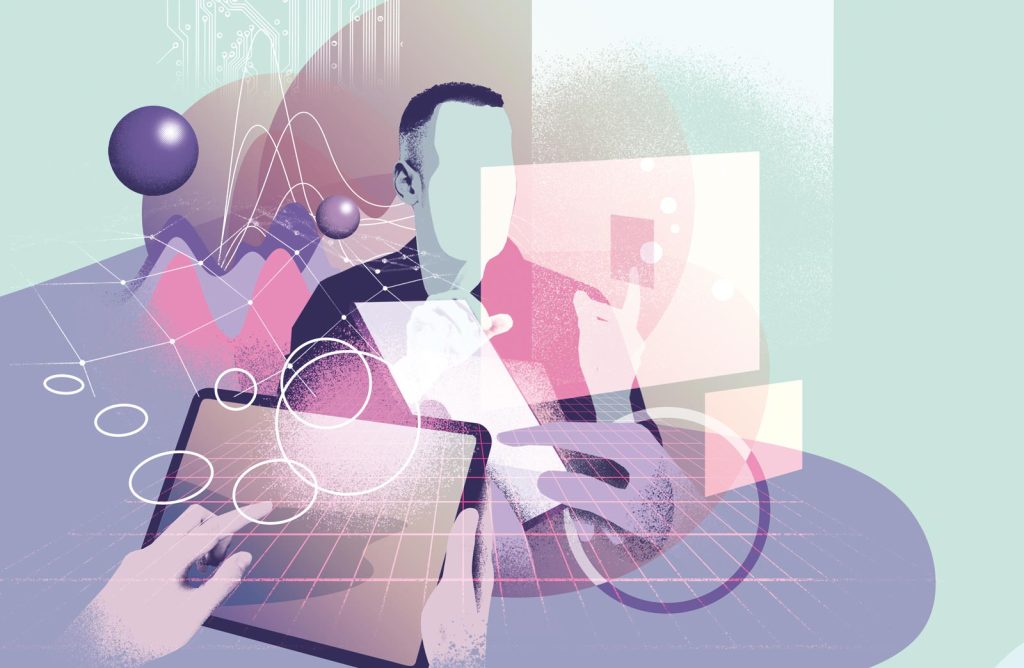
For a long time, higher education has moved at a predictable pace with educators adopting new technology tools gradually. The advent of artificial intelligence (AI) feels much more disruptive, especially because its pace of evolution is so rapid.
Since news of the impressive capabilities of generative AI—ChatGPT is its most familiar variation—broke in November 2022, the technology has been making systematic inroads in higher education. A 2024 Turnitin survey of college students in the fall 2023 term found that more than half used generative AI in some manner.
The post-AI landscape is entirely new—and unprecedented. With respect to AI, “what I would offer is that The University of Baltimore, as other universities, is in the midst of what might be similar to the Cambrian explosion in prehistory, when you had so many life forms in such a small time and such accelerated evolution— you’re in the middle of something that dynamic, it’s unclear where you are relative to others,” says Dr. Alan Lyles, Henry A. Rosenberg Professor of Government, Business and Nonprofit Partnerships at the College of Public Affairs.
The Future is Now
BY ANNA RUSSELL
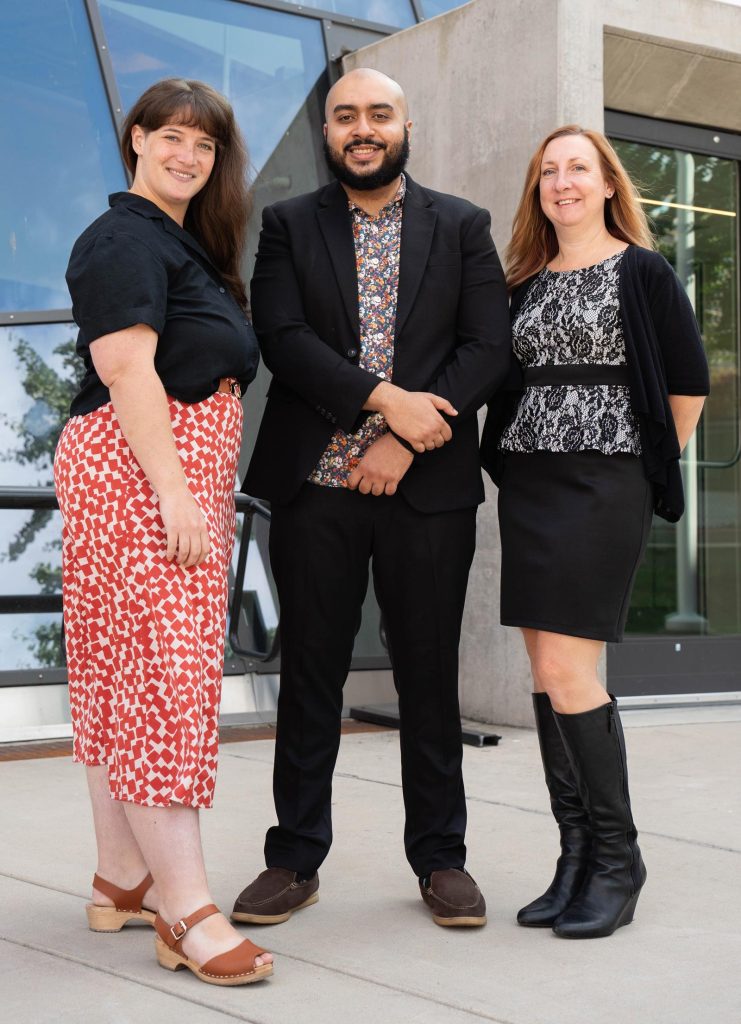
The University of Baltimore’s commitment to “knowledge that works” isn’t just defined by the hands-on training students receive through experiential learning; scholarship is also a vital component. UBalt’s distinct approach to career-focused education provides students with the skills to meet the immediate needs of today’s workforce, while cultivating the critical knowledge necessary to evolve and meet future demands.
But in today’s technology landscape, this morning’s “future demands” can easily become required skills by the afternoon. This has an increasing number of faculty and administrators are embracing UBalt’s proactive stance on AI, designing policies and pedagogy specific to their areas of study and collaborating on more holistic guidelines for their larger units.
The Merrick School of Business even launched a new STEM-designated Master of Science in AI for Business program in the fall semester to be able to meet the growing demand for managers who can not only use AI technology but articulate its usefulness and understand its limitations.
